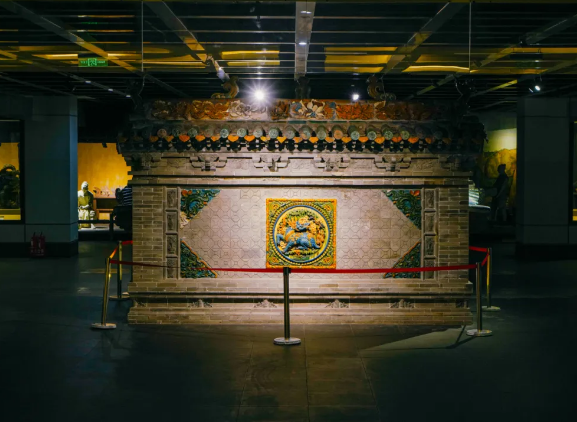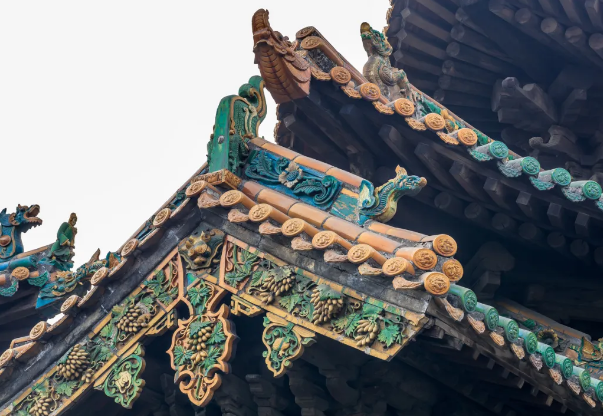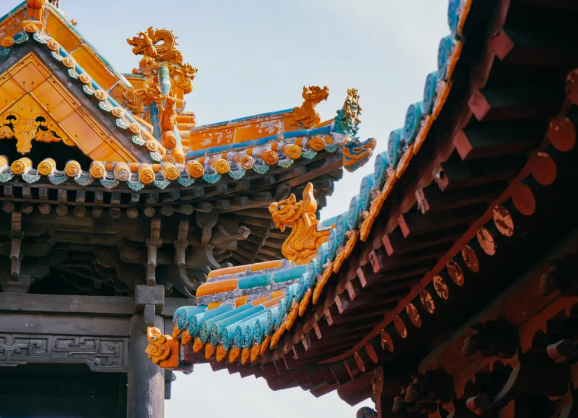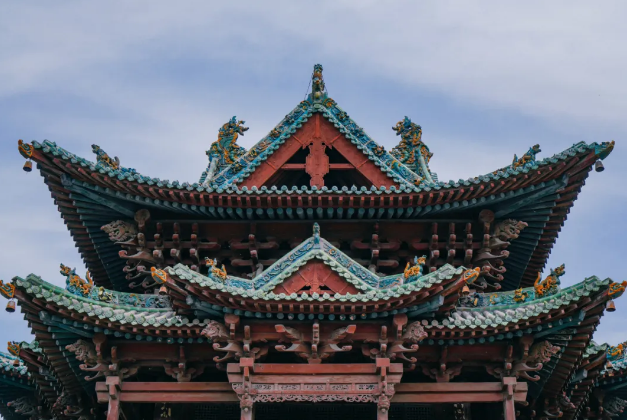- Call Us :+86 13663796880
- Email :nicole@sfrooftile.com
- Working hours :24 hours a day
- Language :Chinese
Nicole Zhang
+86 13663796880
+86-379-63262958
nicole@sfrooftile.com
琉璃, also known as glazed ceramic, is a unique and distinctive decorative element found in Chinese architecture. With a history that spans over a thousand years, 琉璃 has played a significant role in enhancing the beauty and grandeur of Chinese buildings.
The art of 琉璃 involves the firing of ceramic pieces and the application of vibrant glazes, resulting in a mesmerizing mosaic of colors and intricate patterns. This exquisite craftsmanship can be seen adorning rooftops, walls, and pillars, adding a touch of elegance and artistry to the architectural landscape.

The origins of 琉璃 can be traced back to the Tang Dynasty (618-907 AD), where it was primarily used in imperial palaces and Buddhist temples. Over time, its popularity spread, and 琉璃 became a common feature in various architectural styles across the country.
One of the remarkable characteristics of 琉璃 is its symbolic motifs. These motifs often depict auspicious symbols, mythical creatures, and scenes from nature, reflecting the deep-rooted cultural heritage of China. Dragons, phoenixes, lotus flowers, and traditional Chinese patterns are commonly found in 琉璃 decorations, conveying blessings, prosperity, and harmony.

琉璃 not only serves as a decorative element but also possesses practical functions. The glazed ceramic tiles provide protection against rain, wind, and heat, ensuring the durability and longevity of the buildings. Additionally, the glazed surface of 琉璃 reflects sunlight, giving the structures a radiant and dazzling appearance.

Today, 琉璃 continues to be cherished and preserved in both ancient and modern Chinese architecture. It is a testament to the skill and artistry of Chinese craftsmen, who have passed down their techniques from generation to generation.
When visiting China, one cannot help but marvel at the beauty and magnificence of 琉璃. Its presence in architectural masterpieces such as the Forbidden City in Beijing, the Summer Palace in Suzhou, and the Temple of Heaven in Tianjin leaves a lasting impression on visitors, showcasing the rich cultural heritage and artistic prowess of the country.

In conclusion, 琉璃 stands as a unique and distinctive decorative element in Chinese architecture. Its vibrant colors, intricate patterns, and symbolic motifs contribute to the splendor and allure of buildings throughout China. As an enduring symbol of China's cultural identity, 琉璃 continues to captivate and inspire all who appreciate its beauty and craftsmanship.